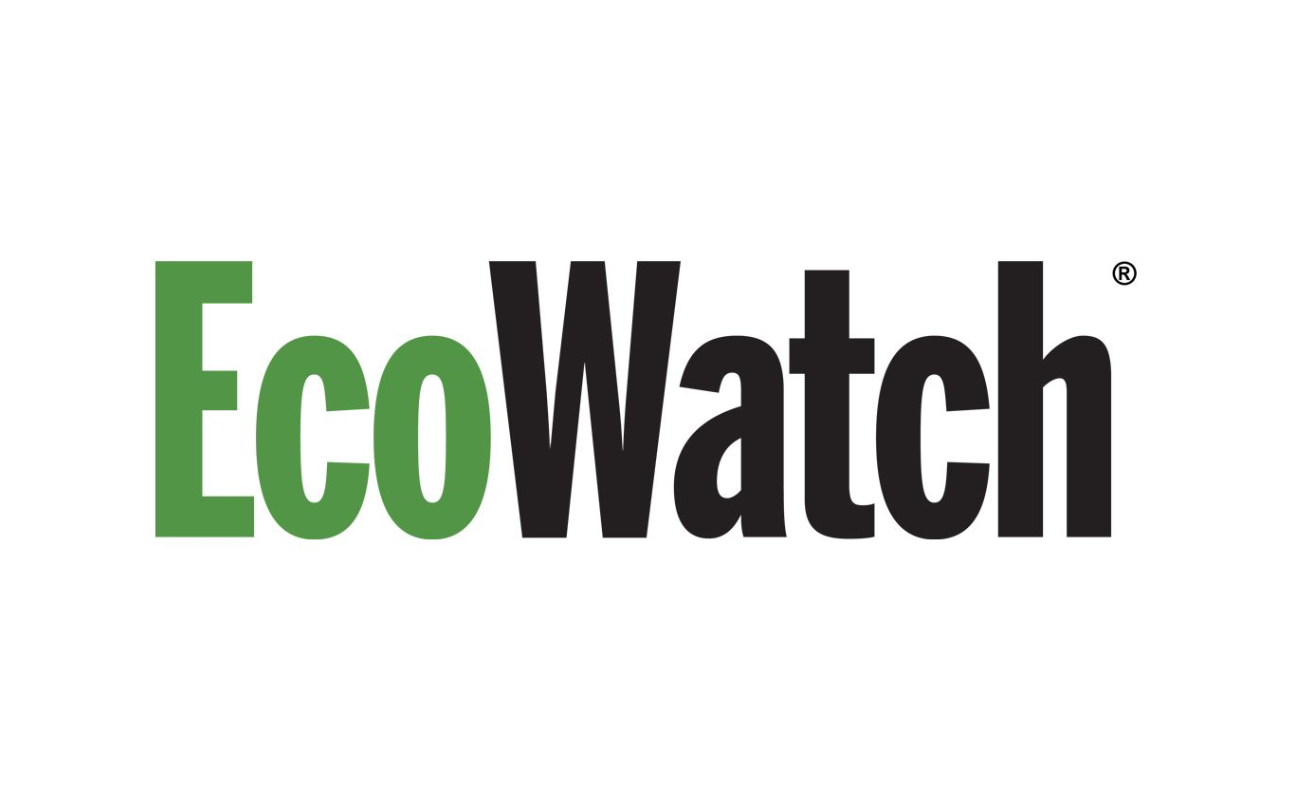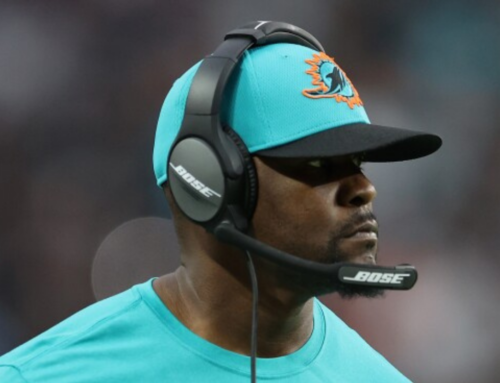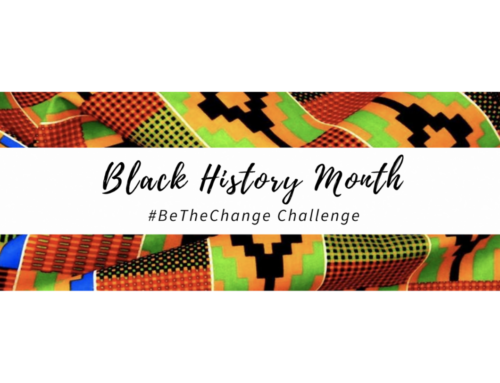Even though communities of color are disproportionately affected by environmental hazards, the environmental workforce remains overwhelmingly white.
As efforts grow around the U.S. to recognize and eradicate systemic racism, people of color can offer unique perspectives on both why diversity is lacking in the green sector and what organizations can do to diversify the environmental workforce.
Underrepresented
A follow-up study published in 2019 by Stefanie K. Johnson, associate professor of Management at the Leeds School of Business, University of Colorado, reviewed 40 green NGOs and foundations and found that green organizations were still overwhelmingly white, with only 20% of NGO staff identifying as people of color. In fact, the study found that from 2017 to 2018, the percent of senior staff positions at green foundations held by people of color fell from 33% to 4%.
Root Causes
In addition to not seeing people like them already engaged, some members of the Latino community view environmental problems as less pressing than other issues.
People of color may have fewer opportunities to engage in environment-oriented activities that require financial resources when they are growing up, such as summer camps. As a result, they may not have a background that predisposes them to moving into green careers or being active in environmental groups.
In addition to overt discrimination, unconscious bias often perpetuates workplaces that lack diversity in hiring and promotion practices.
Homogeneous workplaces arise because of adherence to particular cultural norms, filtering, network structure, and recruitment practices. These are forms of unconscious or inadvertent biases that can lead to or perpetuate institutional homogeneity.
Strategies for Change
Training workshops on implicit bias can be an effective strategy for increasing diversity.
Organizations create guidelines for the skills that are critical for a job position, and that hiring managers should “really have a rubric in mind of how you are going to be judging the person in front of you. That can help to reduce bias when you are having an interview with someone, so you don’t ask, ‘Did they go to the same school that I did? Did they play the same sports that I did?'”
Genuine Diversity
it’s important to remember that the environmental movement is more than large green groups: It also includes a constellation of community-based groups advocating for environmental justice within their localities. The problem is that the media and decision-makers are often deaf to their voices.











Leave A Comment